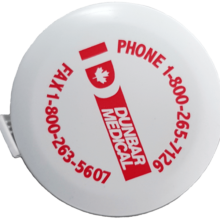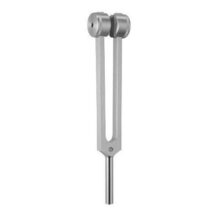Diagnosis & Testing
Diagnostic tools are instrumental in sports medicine as they help healthcare professionals accurately assess and diagnose injuries, monitor progress, and develop effective treatment plans. These tools enable the identification of underlying issues, aid in the prevention of further injuries, and facilitate optimal recovery for athletes.
In this article, we highlight the significance of diagnostic tools in sports medicine and their role in providing valuable insights for effective care.
Accurate Assessment and Diagnosis
Diagnostic tools allow for accurate assessment and diagnosis of sports-related injuries. Imaging modalities, such as X-rays, magnetic resonance imaging (MRI), and ultrasound, provide detailed visualizations of bones, soft tissues, and internal structures.
These tools help identify fractures, sprains, strains, ligament tears, and other injuries that may not be apparent through physical examination alone. Accurate diagnosis is crucial for developing appropriate treatment plans, determining the severity of injuries, and estimating recovery timeframes.
Injury Prevention and Risk Assessment
Diagnostic tools play a vital role in injury prevention and risk assessment. Pre-participation screening, which often includes assessments such as electrocardiograms (ECGs) and stress tests, can help identify underlying cardiac abnormalities or conditions that may put athletes at risk during physical activity.
Additionally, techniques like motion analysis systems and force plates can assess movement patterns, muscle imbalances, and biomechanical factors, providing valuable information to prevent overuse injuries or enhance performance.
By understanding an athlete’s individual risks and movement patterns, sports medicine professionals can implement appropriate interventions and training strategies to minimize the risk of future injuries.
Progress Monitoring and Rehabilitation
Diagnostic tools are crucial for monitoring an athlete’s progress during rehabilitation. Repeat imaging, such as follow-up X-rays or MRIs, allows healthcare professionals to track the healing process and gauge the effectiveness of treatments.
These tools provide objective measurements and visual evidence of improvement, enabling adjustments to rehabilitation protocols as needed. Progress monitoring through diagnostic tools allows for a targeted and evidence-based approach, ensuring that athletes are on the right track to recovery and facilitating informed decisions regarding return-to-play readiness.
Treatment Planning and Intervention
Diagnostic tools provide essential information for developing treatment plans and interventions.
For instance, diagnostic imaging helps identify the precise location and extent of an injury, allowing healthcare professionals to determine the most appropriate course of action, whether it be conservative management, surgical intervention, or specific rehabilitation protocols.
Diagnostic tools also aid in the selection and application of appropriate therapeutic modalities, such as electrical stimulation, ultrasound therapy, or laser therapy, to support healing and expedite recovery.
Research and Evidence-Based Practice
Diagnostic tools contribute to the advancement of research and evidence-based practice in sports medicine. The use of diagnostic tools allows for the collection of objective data, which can be analyzed and used to study injury mechanisms, treatment outcomes, and performance-related factors.
This research helps inform best practices, treatment guidelines, and training methods, enhancing the overall quality of care provided to athletes.
Diagnostic tools also contribute to ongoing research in sports science, biomechanics, and injury prevention, shaping the future of sports medicine practice.
Conclusion
Diagnostic tools are indispensable in sports medicine, providing healthcare professionals with crucial insights for accurate assessment, diagnosis, treatment planning, progress monitoring, and injury prevention.
By utilizing these tools, sports medicine professionals can make informed decisions, develop targeted treatment plans, and provide effective care to athletes. The use of diagnostic tools enhances the accuracy, efficiency, and evidence-based nature of sports medicine practice, ensuring athletes receive optimal care and support throughout their sporting journey.










